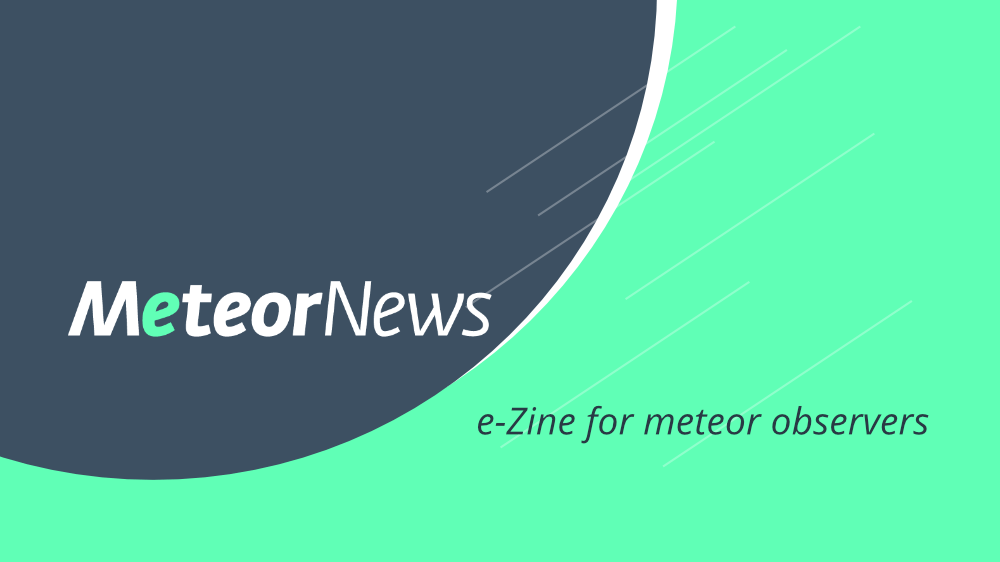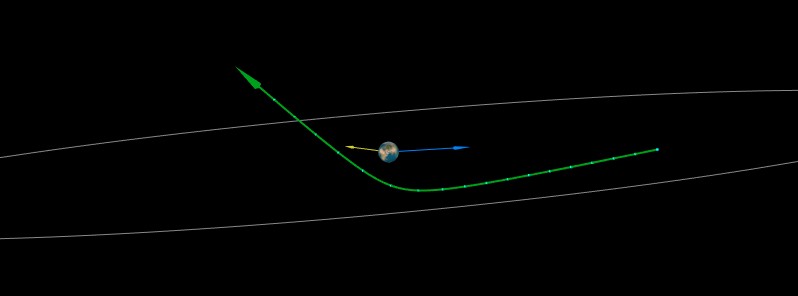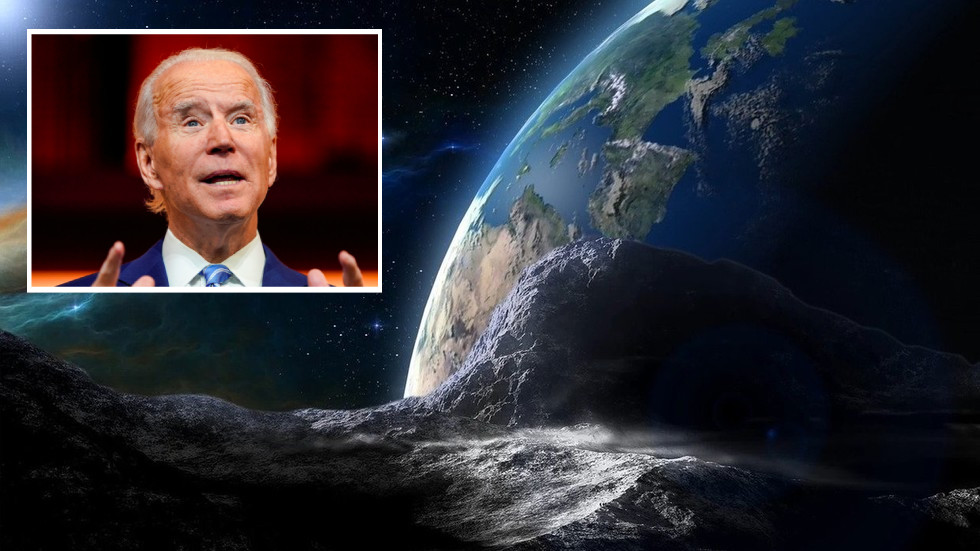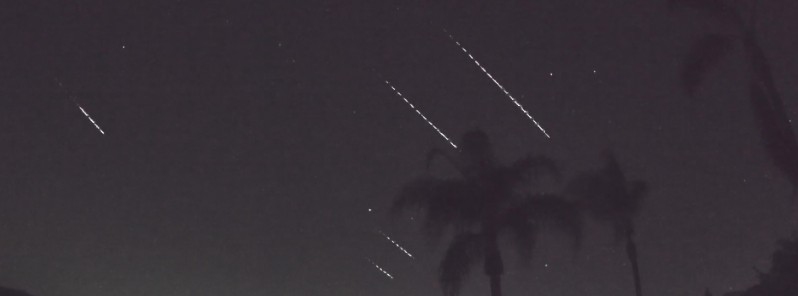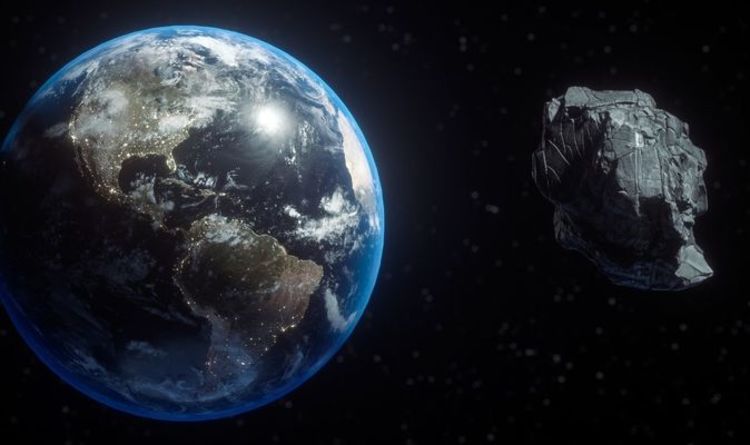The data in Folder "A = Solar System (Moons outer Planets)" hasn't changed since last year. Having said that, scientist announced in 2020 that they possibly have found up 600 New Moons around Jupiter (!) [however: in actuality they have found 45 new moons, with the possibility of up to 600 new moons hiding around Jupiter], all of which are not accounted for (as of yet) in the official government databases on which the graphs and data are based in Folder A. Therefore it could very well be that the data below should/could/will be adjusted somewhere down the line to reflect that. I'm guessing that it needs quite some time to make new moons official parts of the solar system. It could also be that the sheer number of new moons makes them hesitate to even include them officially (because it maybe focuses too much attention to a possible influx of comets/asteroids?).
So keep that in mind. Anyway, here we go.
2020: All Data and Graphs (Moons, NEOs, NEAs, NECs, PHAs, Fireballs etc)
A = Solar System (Moons outer Planets)
Graph "1 = Moons (10 Year Periods)":

Notice how many years are excluded from the graph. In the time span between 1610 and 2019 (410 years), 361 years are not included in the graph above, since in those years no new moon discoveries were being made. See the list after the next Graph for the exact timing of those gabs and in what sequence they occurred.
Now we zoom into the graph above for a yearly breakdown (years with no discoveries excluded here as well). We can see a clearer pattern there.
Graph "1.1 = All known Moons...":

Notice that the sharpest increase of new moons started around the year 2000. In the next list the time gabs of no discoveries and the increases are more visible and noticeable. The last graph above is based on that following list.
List "2 = New Moon Discoveries":

So keep that in mind. Anyway, here we go.
2020: All Data and Graphs (Moons, NEOs, NEAs, NECs, PHAs, Fireballs etc)
A = Solar System (Moons outer Planets)
Graph "1 = Moons (10 Year Periods)":
Notice how many years are excluded from the graph. In the time span between 1610 and 2019 (410 years), 361 years are not included in the graph above, since in those years no new moon discoveries were being made. See the list after the next Graph for the exact timing of those gabs and in what sequence they occurred.
Now we zoom into the graph above for a yearly breakdown (years with no discoveries excluded here as well). We can see a clearer pattern there.
Graph "1.1 = All known Moons...":
Notice that the sharpest increase of new moons started around the year 2000. In the next list the time gabs of no discoveries and the increases are more visible and noticeable. The last graph above is based on that following list.
List "2 = New Moon Discoveries":



